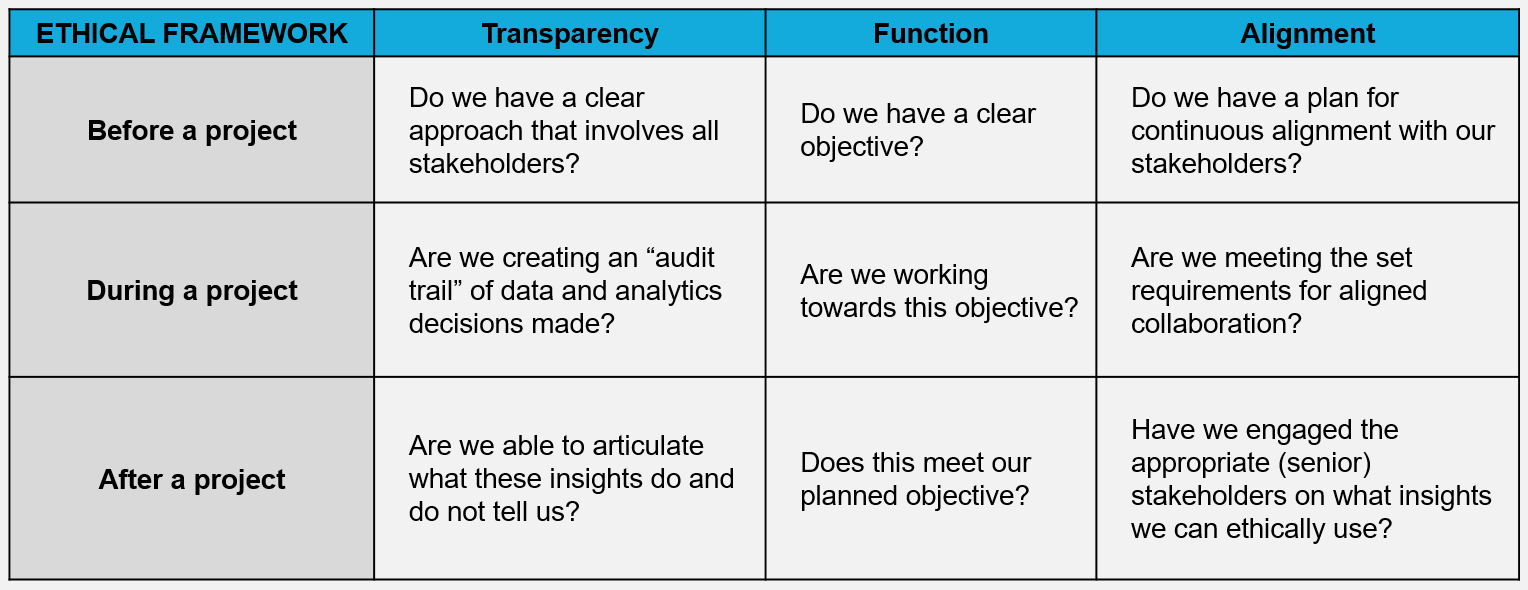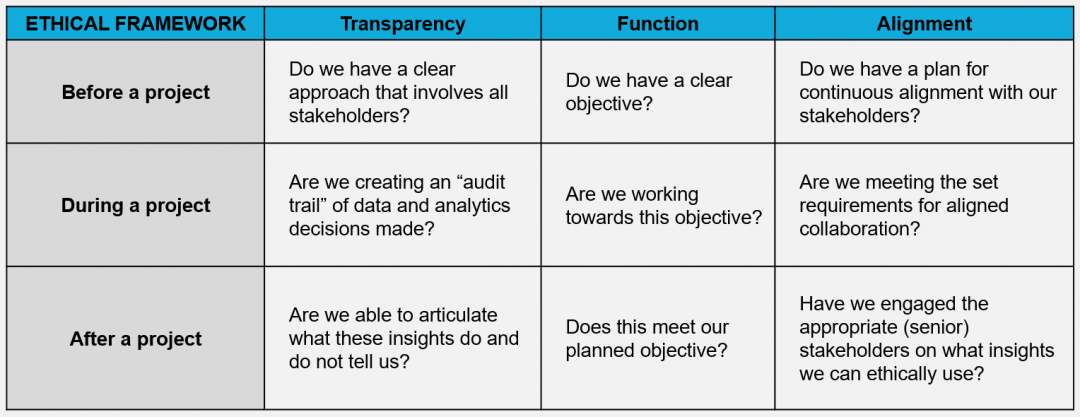Walking the tightrope of People Analytics – Balancing value and trust
Blog: Capgemini CTO Blog
People Analytics promises impossible-to-ignore value to HR. By embracing data and (advanced) analytics, the function can finally develop the quantified evidence it needs to convince CxO peers/leaders of the right People decisions. But, with increased power comes increased responsibility – and wielding power has always been a tough balancing act within the HR function.
Consider this example of how a People Analytics project can go wrong: let’s assume your organization has an attrition problem. So, you set up a People Analytics project and tackle the topic. After a couple of data-crunching rounds, you discover that employees with characteristic “X” are more likely to leave the organization. Perfect! You can and probably want to engage with employees with the characteristic “X” to see what is happening with them, what can be done, what can be changed, etc. Great project, great result.
But do you then also tell Recruitment to hire fewer people with characteristic “X”? Or, do you keep this result a secret? Can you even keep this insight secret, and can you unlearn it? What if team members move to a different role? Is there are difference – in your national regulations, or in the public perception – if characteristic “X” means “daily commute” or “gender of employee” or race, or religion? You can see how you’re suddenly walking a tightrope and any misstep may drastically hurt your organization’s reputation and employee trust.
Which is why every HR leader should be asking these questions:
- How do I balance the interests between the employer and the employee when conducting People Analytics projects at scale?
- How do I structure my People Analytics projects and build in the right checks and balances to deliver proportionate value to both management and employees?
- How do I ensure fairness and transparency in every project?
- How do I prevent illegal/immoral application of results?
What is our solution to these fundamental questions of identity and positioning? Ethics. As leading “Most Ethical Company in the World” (eighth year in a row), we strongly believe in the need for a thorough ethical framework to design, conduct, and deliver projects (of any kind, but especially where analytics techniques provide consequences at scale). This will help you balance interests and provide you with proper communication mechanisms to ensure transparency, alignment, and common objectives.
But first, let’s examine what we mean when we say “ethics.” Ethics is defined by Merriam Webster as “moral principles that govern a person’s behavior or the conducting of an activity.” Easy to understand in concept, difficult to put in practice consciously and consistently. (No, hiring a “chief ethics officer” is not going to be the easy fix.)
For ages, philosophers have debated on what ethics is and should be. From these debates arise three major and distinct schools of thought: deontology, consequentialism, and virtue ethics.
- Deontology, or more simply put, “duty ethics,” argues that we must focus on ethical acts. Deontologists put a strong focus on what is the right thing to do in any given situation.
- Then there’s “consequentialism”, or “outcome ethics”, which focuses on right outcomes. The consequentialist will say something like “the end justifies the means” – a horrid statement to the deontologist.
- Finally, there’s “virtue ethics,” which is less concerned with what we should do and more with what we should be. “What is it to be a good human?” is a typical question from a virtue ethics point of view. Generally speaking, in virtue ethics we see the situation with the maximum output of “happiness” as the most ethical one.
A simple, but powerful framework
In practice, all three schools of thought have their benefits, but when taken in isolation they are also prone to develop into extreme versions of themselves. Taking all three schools into consideration at once is essential to avoid myopic views and to “design for balance.” These are the principles we can derive from them (and hopefully, you’re doing many of these things already):
- From deontology we derive the principle of “transparency”: can we at all times show our actions, and were they just?
- From consequentialism we derive the principle of “function”: do we work with a clear goal in mind, and do we stay true to that goal?
- From virtue ethics we derive the principle of “alignment”: are we at all times aligned with our stakeholders on the nature and the progress of the project?
These three principles come into play during the three phases of a project: before, during, and after. Combined, they form a simple, but powerful framework that drives accountability towards the entire stakeholder field. If you’re able to answer “yes” to all of the nine questions below, you are well on your way to an ethical approach.

Conclusion
With the advent of People Analytics, our HR function stands for a tough challenge. We need to ensure we make good use of these new capabilities to improve our decision making while at the same time guarding one of more our most critical functions – handling our employees with care.
If you make sure you’ve sufficiently thought through these nine questions, you can be confident you’ve got the right answers to any questions leaders, employees, or external stakeholders might ask. And remember, it comes down to what you do in practice more than what you do on paper. Make it real.
Please also view our Invent Talks on this topic.
To learn more, feel free to get in touch with me.
Leave a Comment
You must be logged in to post a comment.








